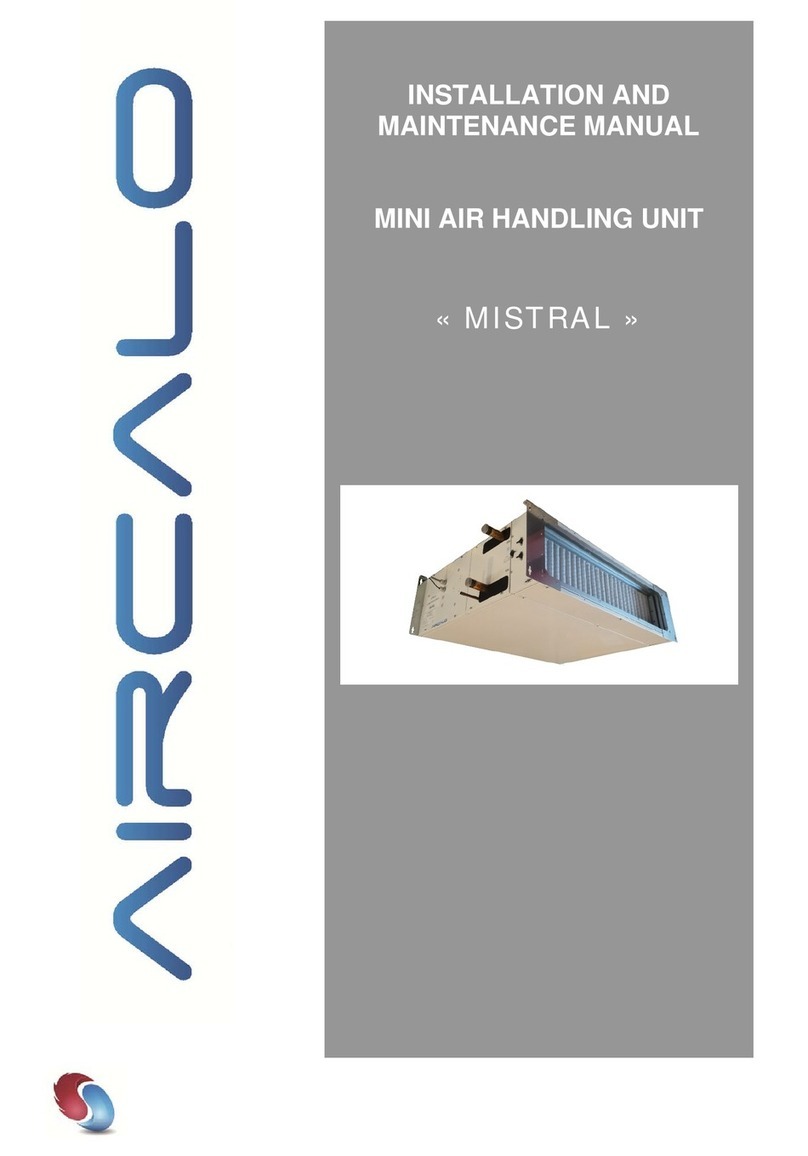1
1.GENERALITES .............................................................................................................................................. 1
2.PRESENTATION ........................................................................................................................................... 3
3.INSTALLATION ............................................................................................................................................. 3
Choice of the place ............................................................................................................................................ 3
Implantation ........................................................................................................................................................ 3
Reception – Storage .......................................................................................................................................... 3
Fixation .............................................................................................................................................................. 3
Condensate drain .............................................................................................................................................. 7
4.FRESH AIR CONNECTIONS ....................................................................................................................... 8
5.HYDRAULIC CONNECTIONS ...................................................................................................................... 9
Instructions ......................................................................................................................................................... 9
Control valves .................................................................................................................................................... 9
External Drain Pan ............................................................................................................................................ 11
6.ELECTRIC CONNECTIONS ........................................................................................................................ 12
Motor power ...................................................................................................................................................... 12
Electric power auxiliary heating resistor ........................................................................................................... 12
Electrical connections (4 Pipes) ........................................................................................................................ 13
Electrical connections (2 Pipes + Electrical heater) .......................................................................................... 14
7.BOX CONTROL ......................................................................................................................................... 195
Description ........................................................................................................................................................ 15
Control logic ...................................................................................................................................................... 16
8. LED INDICATION AND ERROR DESCRIPTION ....................................................................................... 17
9.SPEED CONTROL BOX .............................................................................................................................. 18
10.DIMENSIONS AND WEIGHT ...................................................................................................................... 19
11.START-UP ................................................................................................................................................... 21
12.MAINTENANCE ......................................................................................................................................... 262
Removing the internal components .................................................................................................................. 22
Fan motor replacement .................................................................................................................................... 23
Replacement control box .................................................................................................................................. 23
Condensate pump replacement ........................................................................................................................ 24
Replacing electrical resistance ......................................................................................................................... 25
Long shutdown periods ..................................................................................................................................... 25
User guide ........................................................................................................................................................ 25
13.SPARE PARTS .......................................................................................................................................... 266
To get all the air flow and acoustic performances, refer to the general catalogue and/or the BALI datasheet
(available on www.aircalo.fr)




























